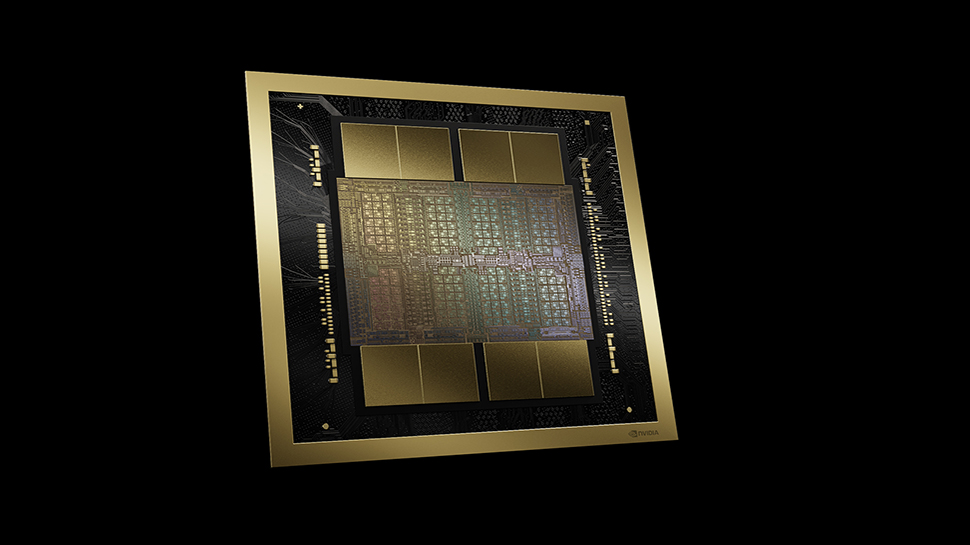Despite very little information about Nvidia ’s upcoming next-generation Blackwell GPU
The information comes from TF Securities analyst Ming-Chi Kuo TechPowerUp
The other biggest takeaway is that Rubin will be powering future AI-based GPUs, being built with the TSMC-N3 node and using HBM4 stacked memory. These specs are key to decreasing power consumption, which is vital considering that Nividia is investing more in the AI market, which is notorious for its high energy costs. It’s great news for general users, as it means the GPU will be siphoning less energy and hopefully give you a break on your electric bill.
However, gamers will be sorely disappointed as, according to the report, Rubin isn’t made for gaming but rather wholly devoted to AI instead. What supports this is the mentioned 4x reticle design and Chip-On-Wafer-On-Substrate-L (CoWoS-L) technology in Ming-Chi Kuo’s post. Most likely, we could be looking at a large and expensive chip that could easily go for $50,000. This wouldn’t be the first time
So far, we only have a mass production window of Q4 2025, meaning that consumers won’t be getting their hands on it until at least 2026.
Who is Rubin for?
As mentioned before, the leaks reveal that the Rubin GPU isn’t made for gamers but for dedicated AI use. And, judging by the number of chiplets and the final size of the GPU, we’re looking at chips made for the professional market.
Most likely one of the main targets would be data centers, as they’ve been struggling to maintain themselves by running the current GPUs, and it will only get worse the higher the power consumption is for upcoming generations.
That does leave the important question of who else is Rubin for. Will Nvidia keep these chips solely in the enterprise space or will there be consumer versions for gaming and other general use? It could also mean that Nvidia will be alternating between consumer and enterprise GPU from now on, which makes sense considering how much profit the tech giant gains from the latter.
You might also like





















+ There are no comments
Add yours